The Stockton and Darlington line in the North East of England is hailed as ‘the first public railway in the world’ – a line that kickstarted the global railway revolution.
However, it turns out that the idea of the line as a ‘revolution’ was actually created for cash in 1875 by a local newspaper journalist on a tight book deadline working to a biased brief from a railway company.
Thanks to subsequent newspaper coverage of a costly jubilee event, the myth created by this book stuck.
To help unravel the myth, let’s make a stop at the 20-year-old Locomotion rail museum in Shildon, which lies a few miles north of Darlington.
It has just opened a new £8m hall, called simply ‘New Hall’, that expands what was already a gargantuan display of historic rail vehicles into the largest and most awe-inspiring such collections in Europe, with over 100 vehicles now on display.
The Stockton and Darlington line in the North East of England is hailed as ‘the first public railway in the world’ – a line that kickstarted the global railway revolution. However, it turns out that the idea of the line as a ‘revolution’ was actually created for cash in 1875 by a local newspaper journalist on a tight book deadline working to a biased brief from a railway company. Pictured – costumed men and women in 1925 commemorating the 100th anniversary of the line
One of these is steam engine Locomotion, famous for its pivotal role in the birth of the nearby Stockton and Darlington line.
Locomotion – known for 170 years or so as Locomotion No.1 – pulled 27 wagons along the line on its opening day on September 27, 1825.
This linear event was said to have been witnessed by 40,000 or so spectators entertained by a band in the final wagon ‘playing cheering and appropriate airs’.
The early locomotive – a travelling steam engine rather than one fixed to the ground – puffed through the Stockton and Darlington Railway’s Georgian landscape.
The 26-mile line was mainly used to transport coal to market, but it also carried fare-paying folk and was an important stepping stone in the development of passenger railways, pre-dating the better-known Liverpool to Manchester railway of 1830, which is world famous for the Rocket locomotive and was designed from the get-go to be a city-to-city line.
George Stephenson was involved with both railways, and his Newcastle locomotive factory also supplied the first steam engines that worked them.
New Hall has opened in plenty of time for next year’s bicentenary of the opening of the Stockton and Darlington Railway.

Locomotion on display at the Locomotion museum. The steam engine pulled 27 wagons along the Stockton and Darlington Railway on its opening day on September 27, 1825. It’s not the 1820s vintage or even from the 1830s – it’s an amalgam of parts

The huge new £8million hall at the 20-year-old Locomotion rail museum (above) in Shildon, a few miles north of Darlington
The anniversary will be marked by a year-long celebration billed as Railway 200, which will attract hundreds of thousands of visitors to the North East.
The Locomotion museum – a partnership between the Science Museum Group and Durham County Council – will be an essential stop on the bicentenary circuit and will host several of the events.
Yet it’s a safe bet that few to none of the birthday bashes will celebrate the forgotten Victorian figure James Stephen Jeans.
Yet if it wasn’t for Jeans, there might not be a birthday to celebrate.
Jeans wasn’t a rail financier, a locomotive engineer, or a wayleave-granting landowner. He was a jobbing journalist.
It was 29-year-old Jeans, an eager young wordsmith for hire, who was most responsible for shaping the story of the opening of the Stockton and Darlington Railway as the ‘greatest idea of modern times’.
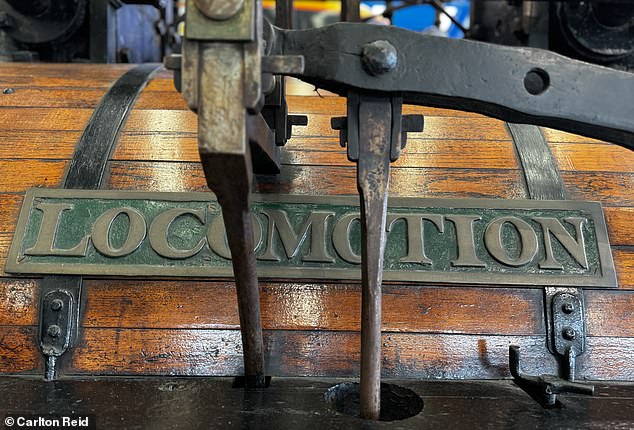
Above, Locomotion’s post-1825 brass nameplate. The steam engine was originally called ‘Active’
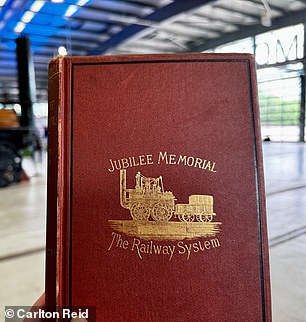
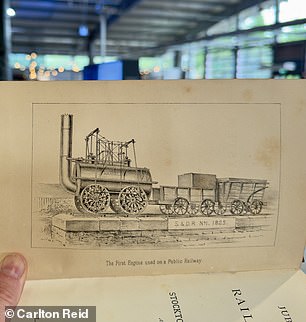
LEFT: J.S. Jean’s 1875 book about the Stockton & Darlington Railway’s jubilee. The book created several of the myths attached to the 1825 opening of what was originally a coal line with passenger coaches mostly pulled by horses, not steam locomotives. RIGHT: An illustration of Locomotion from J.S. Jean’s 1875 book
In April 1875, he was commissioned by the directors of the North Eastern Railway, owners of the Stockton and Darlington Railway, to write a book celebrating the line’s jubilee in September of the same year.
His swiftly-written 315-page history of the first 50 years of the railway – a giveaway book created for cash and based on a biased brief from a company with an aggrandising agenda – propagated several myths about the Stockton and Darlington Railway.
Myths that are still current.
Historic England claims the Stockton and Darlington line was the ‘birthplace of the modern railway system’, used ‘innovative technology to carry both passengers and freight’ and ‘began the railway age which was to change the world’.
However, new archival research by an eminent North East historian reveals a far more complex picture, showcasing that railways have a far longer history than most people realise.
Les Turnbull, a former university lecturer, has written that, contrary to common claims, the Stockton and Darlington Railway didn’t introduce any ground-breaking technologies – malleable iron rails, cuttings, embankments, large railway bridges, signals, and locomotives existed long before 1825 – nor was it the first public railway, and the line wasn’t even the first railway to take paying passengers.
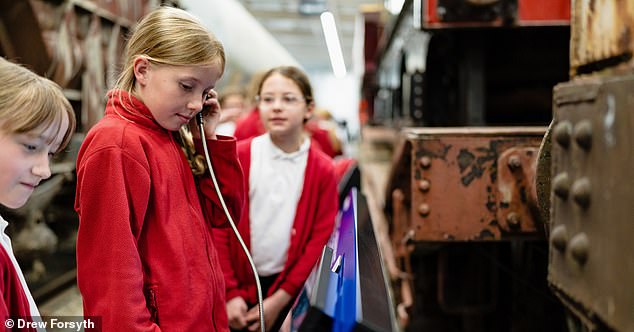
Locomotion houses over 100 vehicles. Above – schoolchildren explore New Hall on its opening day
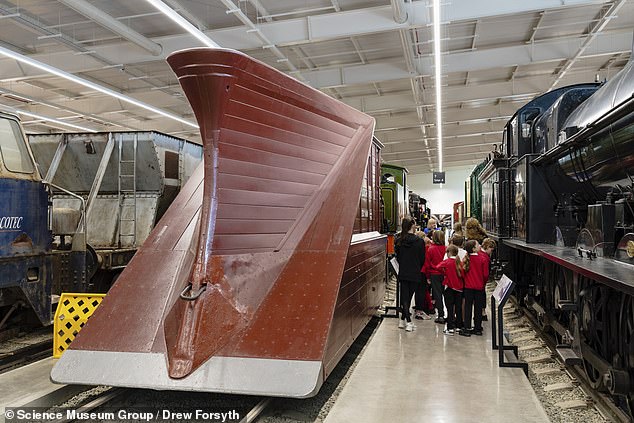
The Locomotion museum is a partnership between the Science Museum Group and Durham County Council

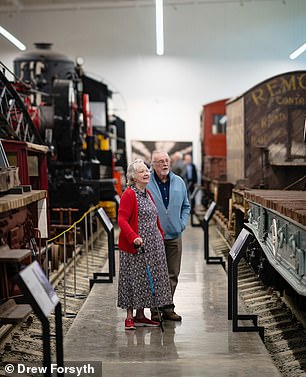
LEFT: At Locomotion, visitors can see a replica of Stephenson’s Rocket being put through its paces. RIGHT: Visitors on the opening day of New Hall
The Surrey Iron Railway of 1801, the Swansea and Mumbles line of 1804, and the Kilmarnock and Troon line of 1812 pre-dated the Stockton and Darlington line as public railways, with the last two lines carrying passengers as well as freight.
The Middleton Railway to Leeds was established in 1758 and, in 1812, was the first to use locomotives.
Yet railways are even older than this.
Rutways have existed since antiquity, and in 1604, colliery owners built Nottingham’s Wollaton Wagonway in Nottingham.
In the 1720s, the horse-powered Tanfield Wagonway on Tyneside was constructed with deep cuttings, huge embankments and the world’s first large masonry railway bridge, the Causey Arch.
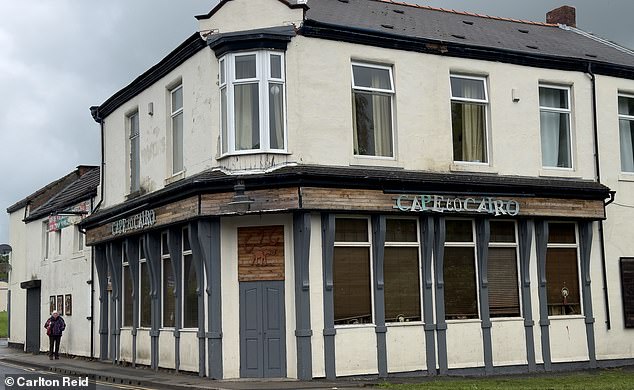
The Cape 2 Cairo restaurant in Shildon is the former Mason’s Arms, a pub where tickets for the early Stockton and Darlington Railway were sold. The pub was where, in 1825, locomotives were hitched to wagons following the work of the Brusselton Incline’s stationary engines
While the Stockton and Darlington’s inaugural journey in 1825 featured an experimental passenger coach – named, appropriately enough, Experiment – and 26 other coal wagons, many with passengers sitting on top, the everyday line was worked for several years not by locomotives but by horses.
In truth, says Turnbull, the Stockton and Darlington Railway was an obscure coal line for most of its early history.
Eight years after opening, only one per cent of the company’s revenue was generated from passenger traffic.
There are many other myths surrounding the Stockton and Darlington Railway.
A locomotive called Locomotion No. 1 didn’t puff along the line on the opening day – that was a later name for the engine.
The locomotive was originally called ‘Active’.

Raised trackbed on the historical Brusselton Incline on the route of the Stockton & Darlington railway. The original sleeper stones were laid between 1822 and the line’s opening in 1825. Around 64,000 were in use on the line, but they were found to be too weak – and in 1831-32, the whole line was relaid
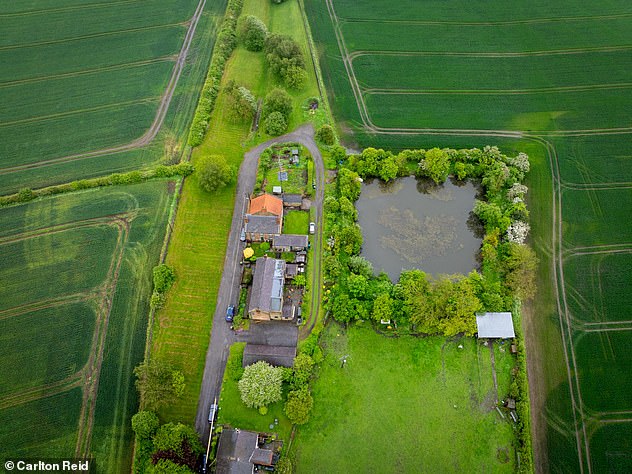
The old engine room, workers’ cottages and steam locomotive reservoir at top of Brusselton Incline
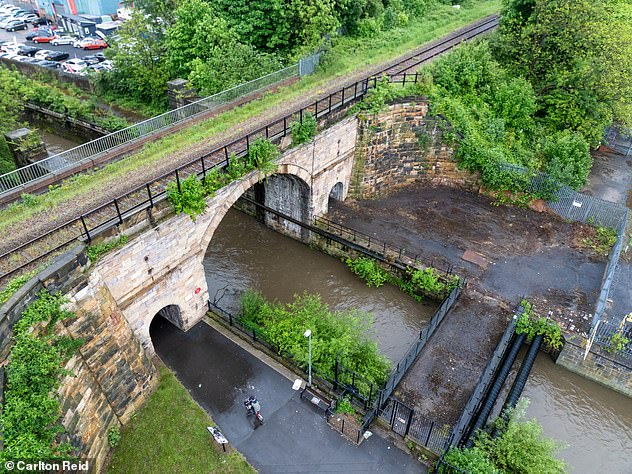
The Skerne railway bridge, built by George Stephenson for the 1825 opening of the Stockton and Darlington Railway, is billed as the world’s oldest railway bridge still in use for its original purpose
The Locomotion No. 1 on display in the Locomotion museum is not 1820s vintage or even from the 1830s – it’s an amalgam of parts, with the long-working engine frozen in the configuration it had in about 1857 after several key parts had been replaced, Trigger’s Broom style.
Nor is it the Stockton to Darlington Railway as is sometimes written.
The mineral line started not in Darlington but at the Witton Park Colliery, close to St. Helen Auckland, a southern satellite of Bishop Auckland.
Five miles of this part of the line quickly fell out of use and are today part of a walking route devised by the Friends of the Stockton and Darlington Railway.

Peter Robinson, a volunteer at Locomotion. Peter worked at the Shildon railway workings from the 1950s through to its closure in 1984. Robinson’s father and grandfather also worked in Shildon
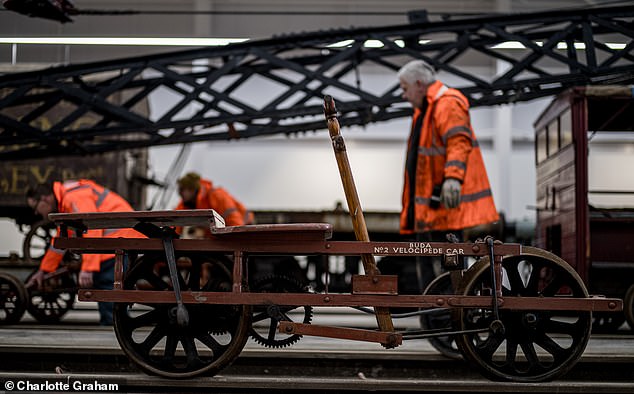
The human-sized wooden velocipedes that maintenance workers once pedalled along rail tracks. Above, a Bata velocipede ‘rail bike’ in Locomotion’s New Hall
Visitors can follow the line’s route and climb to the top of the Brusselton Incline, where a stationary steam engine once pulled carriages along the line.
The engine is long gone, but the buildings remain, and they are now converted into houses.
Later stone sleepers left in situ in several sections give a good approximation of what the original route might have looked like in this still rural landscape.
In Darlington, meanwhile, the Skerne railway bridge, built by George Stephenson for the opening of the Stockton and Darlington Railway, is billed as the world’s oldest railway bridge still in use for its original purpose.
Whatever the reality was for the line, it was historically significant – and deserves a few party poppers next year. But along with a certain James Stephen Jeans.

